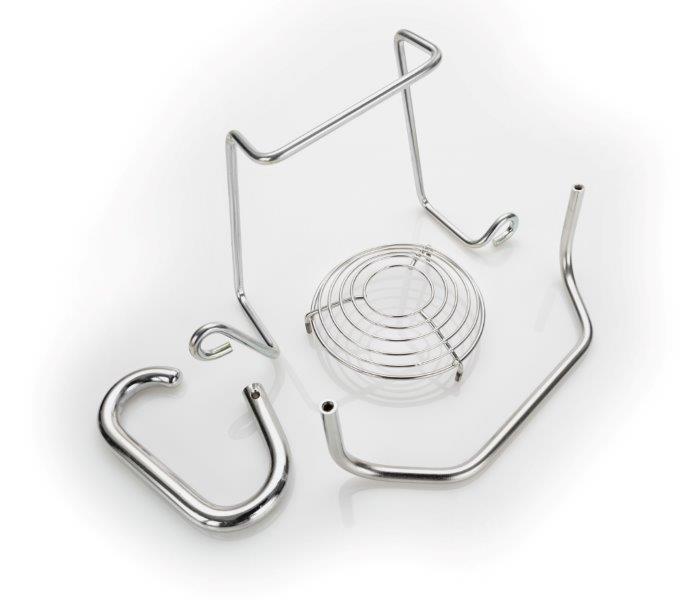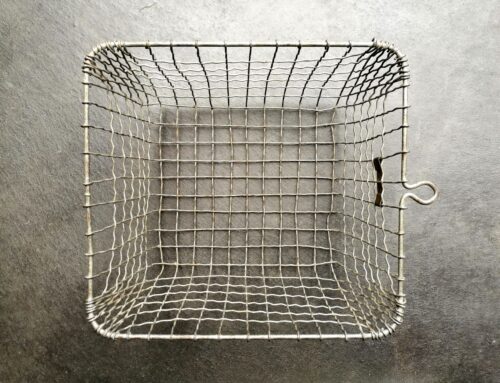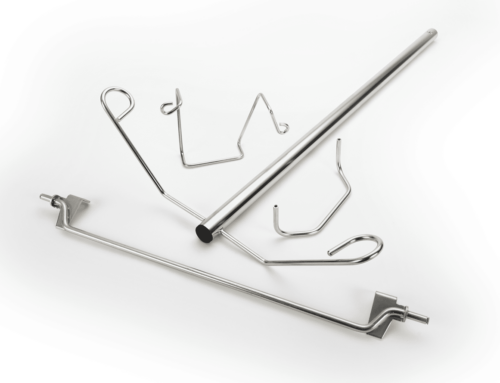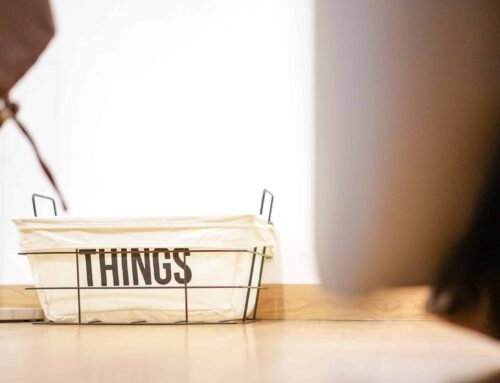Wire forms are found in nearly every single industry. Common things like mouse traps and door hinges are wire forms and they are all around us. Now there are four basic considerations you need to realize when you’re creating wire forms. This is regardless of how complex or simple they are.
1. Specifications:
Because wire forms are found in nearly every single industry and can be so many different things, they obviously come in all different shapes and sizes. They also have varying degrees of complexity. Typically wire forms are designed for the individual application, and to a specific set of specifications. That being said, a typical create wire form has a diameter between .010-200,000.
It should be noted that the more complex the shape then the longer it takes to create the longer. However, the rule of thumb is that the faster you can run a wire form through then the less expensive it will be.
2. Materials:
Wire forms are able to be created from a wide range of materials. However, the softer the material, the easier it will be to wind around a tool, and the smaller the radius that can be achieved.
The most common materials to create wire forms are:
- Stainless steel
- Music wire (steel)
- Cooper
- Tin coy copper
- Bronze
- Cast-alloy
3. Tooling:
Wire forms are actually very simple to create. The basic process for any wire form, no matter how complex, begins with placing the correct tooling into the machine and then allowing the machine to complete the bends necessary for the specific piece. Most of the time this process does not require any additional labor or secondary operations. Which is ideal for keeping costs down and production run speeds up!
Now when it comes to determining the correct tooling it is a necessary and extremely important to ensure that the final form is functioning properly.
4. Bending
The machines that we use to create wire forms can handle both right and left-hand bends in the same piece, during the same run through the machine. This can actually help cut down on some of the secondary operations mentioned above.
When a bend is performed, or creates a coil, the pieces bend around the tool. This piece can be manipulated around the tool in order to create very tight radius bends and coils. Now the radius of a coil has to be larger than the material size, preferably double in material size. If the radius is smaller than the material size, then you can run into issues with breakage and stability.
CONTACT ACME WIRE PRODUCTS
Acme Wire Products has designed, recommended and manufactured custom wire components for customers in many diverse markets. We offer the benefit of our almost 50 years’ experience in the manufacture of component parts for hardware, medical & lab equipment, cable management, sporting goods, firearms, furniture, guarding, HVAC, pharmaceutical, automotive, optical and food service and processing industries.
Acme Wire’s designers work with our customers to create a wire component that will provide the greatest functional value. The design of wire products such as levers, handles, supports, rings, guards, baskets, trays, grids, frames, shelves are limited only by one’s imagination (and the limitations of technology).
Contact Acme Wire Products to assist you in determining the wire product best suited to your requirements! Call Acme Wire Products at 1-800-723-7015 to get started.
Acme Wire Products Co., Inc. – Mystic, CT
Fax – 860-572-9456




